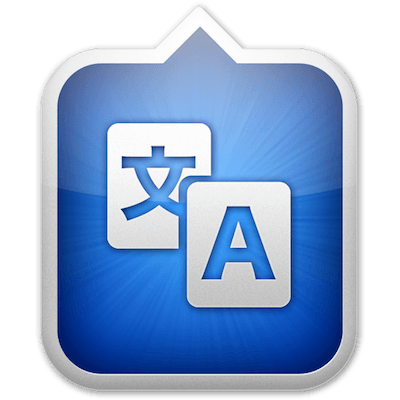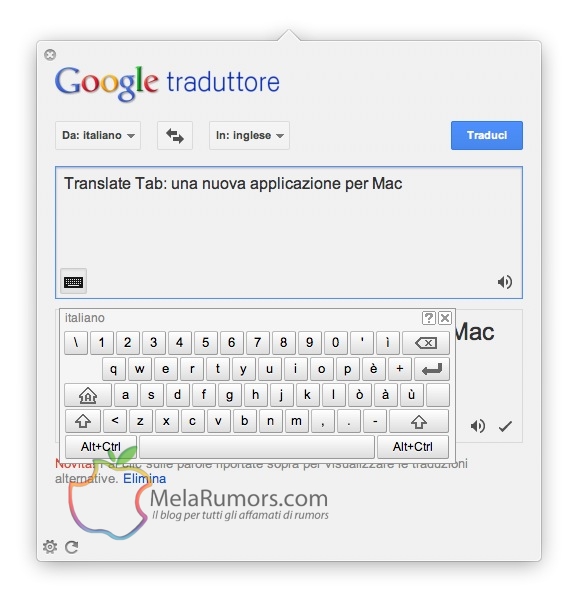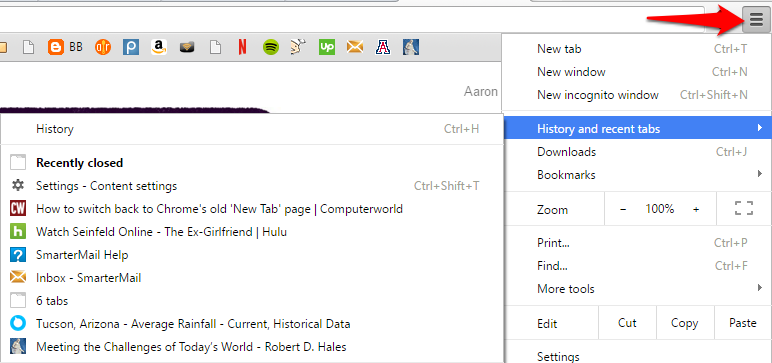
This box will contain the detected language in a drop-down menu. Click on it and a small box will appear, showing you the translation. Simply highlight what you need and Translate’s icon will pop up where your cursor is. You don’t have to open up a new tab for the service, as the extension immediately works when you highlight the text. Unlike the original Google Translate, this extension is designed for processing unfamiliar languages quickly while you’re browsing online. In this browser extension, however, things just stay closer to the typed text. How do I use Google Translate on my browser? However, its most advanced features are the camera scanning, which will take a photo and scan the visible text there and the speech recognition, which will translate your recorded voice to the selected language. You can also do freehand writing-the tool will scan your written characters for familiar symbols on its database to parse your handwriting. You can do the old-fashioned way of typing in the words or copy-pasting it to the translation box.
#No translate tab in chrome how to#
Turn translation in Microsoft Edge on or offīy default, Microsoft Edge will automatically prompt page translations.Īt the top corner of the browser, select Settings and more > Settings.Įnable or turn off Offer to translate pages that aren't in a language I read.īy default, Microsoft Edge uses the same language as your system. For more information about using different languages in Microsoft Edge, learn how to use Microsoft Edge in another language.The program allows you to input text any way you want. On the address bar, select the translate icon. Revert translated webpage back to original language In the Translate to menu, select which language you want to translate to. Select the translate icon in the address bar.


To translate the page into a different language: However, you'll still be able to translate it manually at any time. If you've set Microsoft Edge to never translate a specific language, you won't see an automatic pop-up prompting you to translate. If you select the translate icon in the address bar, the menu that appears also shows the status. Inside the address bar, you'll briefly see the status showing that the page has been translated. Note: You can manually return to this panel later, even if you select the option to Never translate. To skip translation, in the list on the lower right, select Not now to skip translation or Never translate to never have the panel appear when you go to a page using that language. To always automatically translate from the source language, select the Always translate from check box. The default is the language you've set for Microsoft Edge. In the Translate to dropdown, choose the language you want the page translated into. The browser will detect the language of the page and a menu will appear asking you to confirm that you want to translate the page. To add or remove languages from the list, in Microsoft Edge, go to Settings and more > Settings > Languages. A language is considered foreign to you if it's not included in your Preferred languages list in Settings. The Translate icon appears in the address bar when you go to a web page that’s written in a foreign language.


If you open a page written in a different language than your preferred languages in settings, Microsoft Edge will automatically prompt you to translate it.


 0 kommentar(er)
0 kommentar(er)
